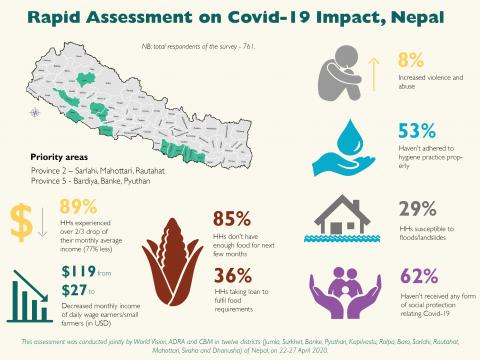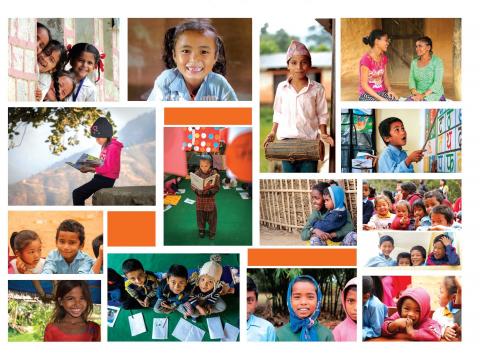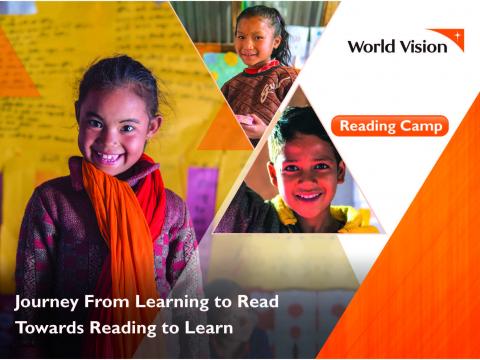Rapid Need Assessment: Cohesive Response to COVID-19 in Nepal
Download
This briefing paper aims to provide an overview of the impacts of COVID-19 to date in Nepal from a ‘micro’ view based on a rapid assessment on the ground, and from a desk review of relevant international and national reports and publications; and make recommendations for cohesive and impactful response to the Government of Nepal (GoN), development partners including International NGOs to alleviate immediate suffering of most vulnerable communities. The Rapid Need Assessment undertaken by World Vision, ADRA and CBM across 12 districts of Nepal in late April 2020.
Overall, the assessment findings show that the vulnerable people residing in the surveyed districts are encountering significant secondary impacts of COVID-19, evidenced by 89% HHs experienced over 2/3 drop of their monthly average income (77% less) from NPR 14,455/month USD 119) before to NPR 3,324 (USD 27). Hence, 85% of the HHs acknowledge they will not have sufficient food in the next few months. As coping mechanism, 48,3% taking loan and 28,4% reduce the quantity of food consumption. Some 60% of these food- insecure HHs also acknowledge their struggling to feed their U2 and U5 children. For HHs of daily wage earner, they suggest the availability of food to purchase but 53,7% of them reported that the price of agricultural products like foods has significant increase in the recent days.
To make situation worse, an average 29% of the HH also are also susceptible to floods or landslides but in some most flood prone districts, the figure are higher, such as 98% in Rautahat; 49% in Mahottari; and 38% in Banke and Surkhet.
In regard to preventable behaviours to protect from COVID-19, there still about 53% of respondents that do not adhere to hygiene practices properly, meaning efforts to promote risks communication will need to be continued to some of the most vulnerable population, and concurrently, the provision of some personal hygiene materials like soap, face masks, and hand sanitizers are required to ‘translate’ the information into practice. In addition, more accessible (local language & visually optimised) messaging around social distancing is also recommended.
In regard to protection, there have been reports from HH respondents of increased violence (average 7.8%) but in some districts it is more significant (22,4% in Banke and 16,7% in Bara), and this statement is supported by 36,4% local government representatives indicating there had been a surge in violence and abuse in their community (albeit moderated by reduced availability of alcohol due to the lockdown).
Some 89.2% local government representatives stated that they have allocated resources to respond to covid-19. However, around one-fifth (17.9%) stated that the resources allocated are not sufficient at all to meet existing needs, and 64.3% stated that resources are not fully sufficient.
In regard to provision of social protection supports, 61.6% of respondents stated they have not received any form of support related to COVID-19 package from their local government. Receipt of social protection funding (e.g. disability allowance or for the elderly) is also a challenge due to mobility restrictions.


